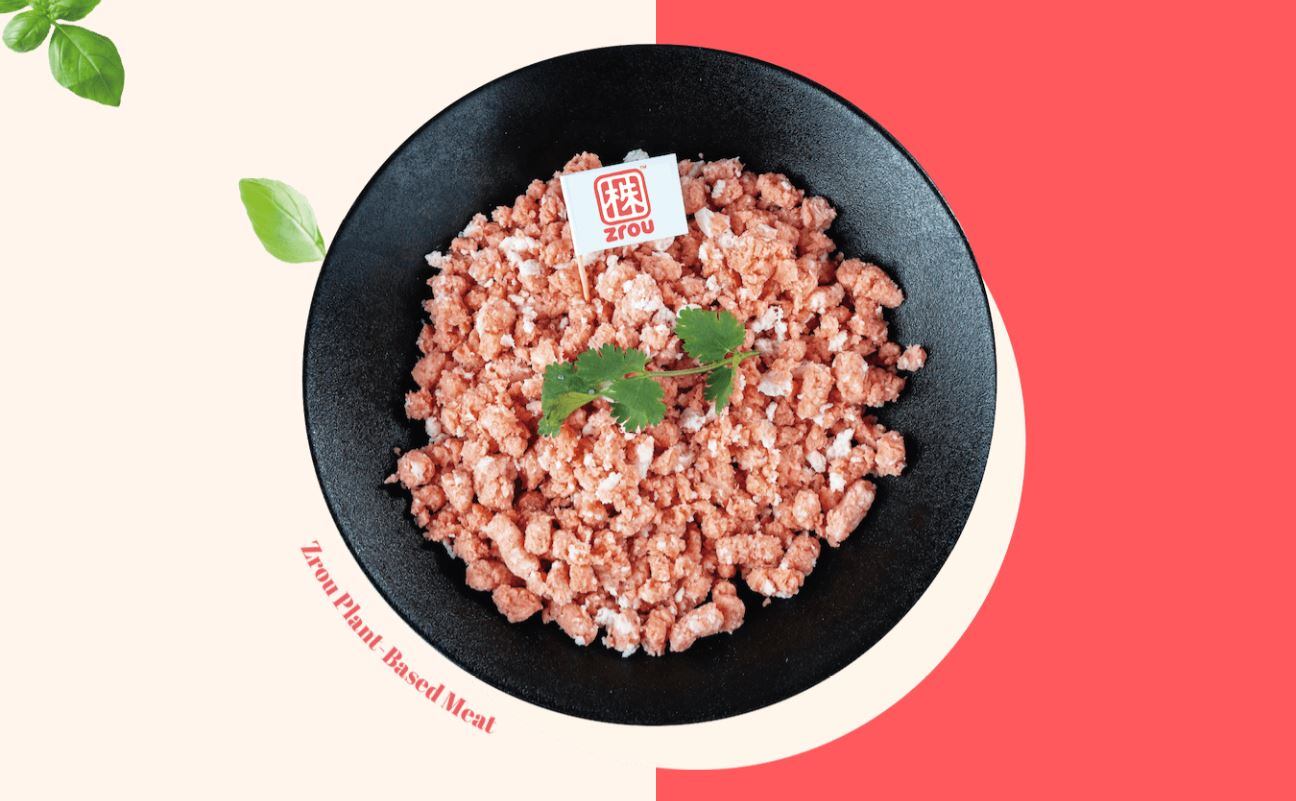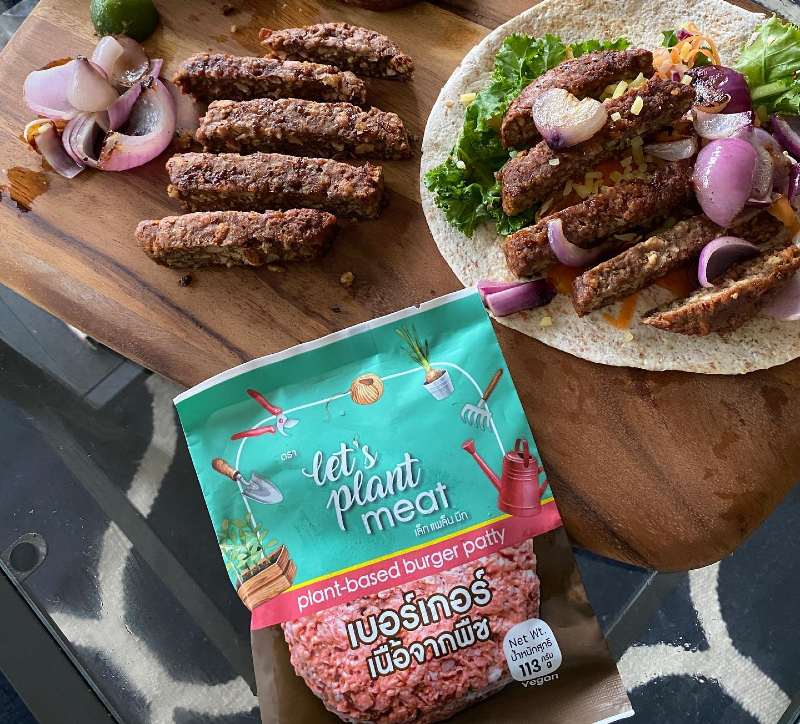Australia’s e-commerce sector has long been deemed unsatisfactory by the masses due to issues such as reliability and costs, making the sector as a whole someone less developed as compared to that in other regions such as South East Asia or China – but the advent and aftermath of COVID-19 has seen many local firms, particularly retailers, redirect a lot of focus in this area.
“At present, e-commerce makes up just 6.8% of total retail sales for the Big Two supermarkets Coles and Woolworths, but generated some 32.3% total dollar growth [in the past year] – this tells us that even though e-commerce is still just a small piece of the pie for these firms at the moment, it is growing exponentially,” IRI Asia Pacific Lead Consultant Sally Elstub told the audience at the recent Food South Australia conference.
“Woolworths in particular has grown 92% for its e-commerce in the first half of 2021, which is basically unheard of, and Coles grew 48% for its e-commerce in the same period.”
Elstub added that these local retailers have recognized the value of e-commerce, especially when it comes to generating future growth, and a lot more investment is going into improving current operations.
“These retailers are focusing a lot on e-commerce as the next frontier of growth for a number of reasons – firstly, people spend a lot more when they buy online, some 2.2 times more dollar spend as compared to going to a physical store, as they can buy bigger bulkier items from the comfort of home without worrying about lugging these back,” she said.
“The other main factor is loyalty – in any given quarter, some 90% of Australians shop between Coles or Woolworths and there’s not ‘loyalty’ concept here, but when it comes to online shopping, once a consumer has been locked into the environment of one online system and have their ‘bought before’ preferences and so on displayed to them, we have seen it is 4 times less likely that they will cross shop with other supermarkets.
“So retailers are really focusing here as they want to lock on to as many of these shoppers as they can now, as this is what will drive their growth into the future.”
That said, this does not mean that current frustrations can be overlooked, and Elstub highlighted payment for delivery (23%), having products not turn up or substituted (17%) and needing to have minimum spend for delivery discounts (12%) as some of the main challenges firms need to iron out in order to pull more consumers to their online platforms.
Better, not best
In addition to e-commerce as a major growth driver, Elstub also highlighted a focus on ‘better-for-you, not best-for-you’ as an important trend for food manufacturers and retailers to remember .
“There are so many good things to eat out there, and often consumers just want to have that bit of a reward after trying to eat healthy – and this is where ‘permissible indulgence’ comes in,” she said.
“Products that cater to ‘permissible indulgence’ hit the mark as people are looking for things which are ‘better-for-me’, not ‘best-for-me’ [which inevitably taste less appetizing]. These products are generally underpinned by food science, where it is easier to replicate flavours and hold together the ingredients needed, alleviating the taste/efficacy compromise.
“So it’s better-for-you, not best-for-you, and there are many companies out there which have launched successful products [based on this rhetoric. For instance, Calbee’s Harvest Snaps are made out of reconstituted peas, not just peas, but its packaging and message is that it is baked not fried, low in saturated fat, and lightly salted – and based on this it has grown 20% and achieved some A$31mn incremental growth since launch.”
Health and wellness
Contrary to what many think, Elstub said that there is no standout evidence that COVID-19 has really catapulted the health mindset, particularly in Australia.
“So far our 2021 research shows that about 59% of consumers still feel that diet is important to them, same as in 2020, and 62% feel nutritional information is important, also similar to 2020 numbers,” she said.
“That said, health and wellness is definitely still important, and we have definitely seen the health foods aisle grow significantly - this can be seen in terms of both dollar sales (A$662mn) and dollar growth (+10.7% year-on-year).
“In terms of specific consumer demands, we know that 43% of consumers are in search of products for overall health, and others for specific functional benefits such as immunity (30%), energy (27% and weight loss/gut health (27%).”





